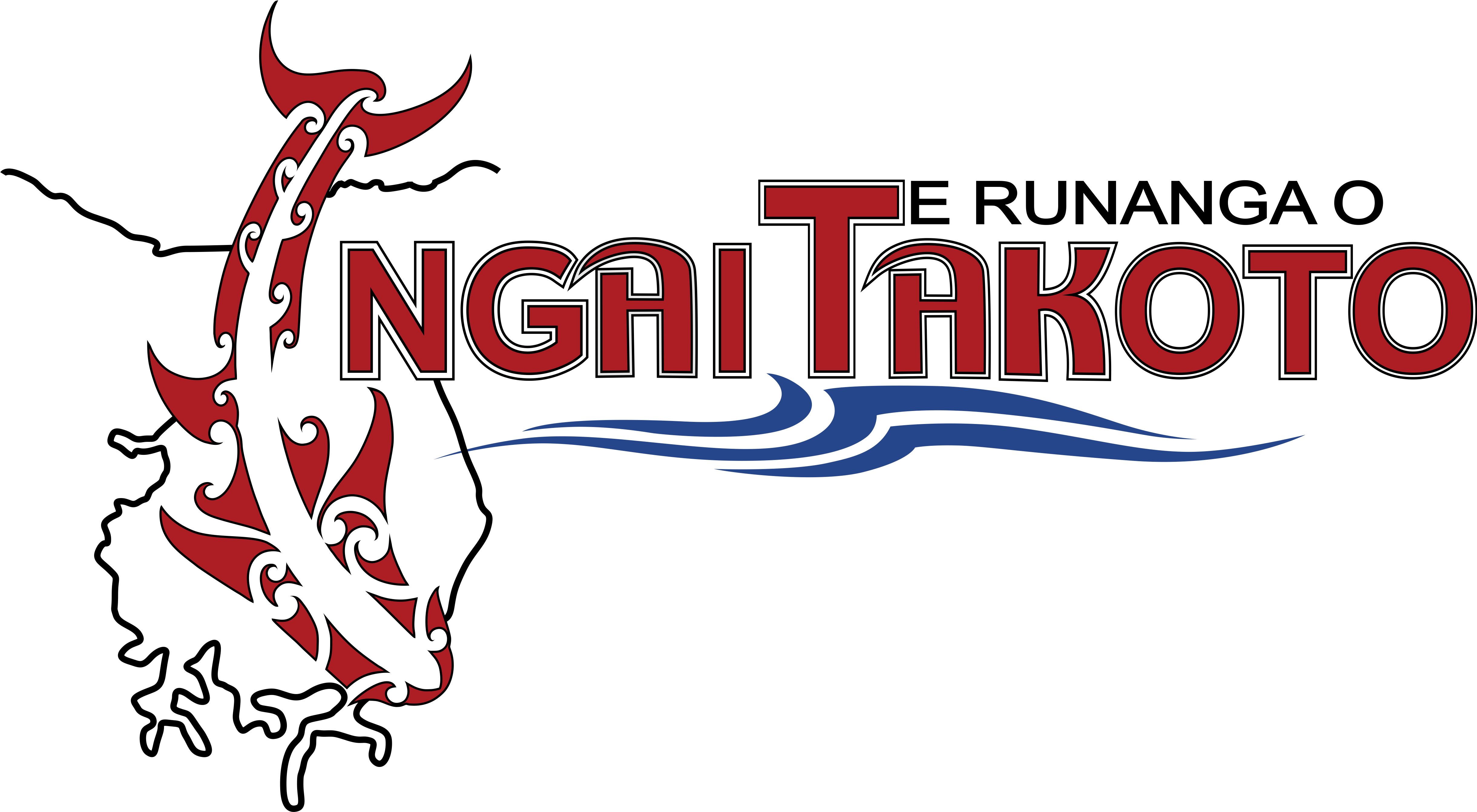The origins of NgaiTakoto
Tuwhakatere has been described as the most prestigious ancestor of the NgaiTakoto tribe with a lineage that traces back to Kauri, the Ngati Awa chief who lived in the Pukepoto/ Ahipara area, and to Tumoana, the captain of the Tinana and a northern chief. NgaiTakoto’s connection with the Kurahaupo canoe goes back through their foundation to Ngati Kaharoa. Also, the two wives of Tuwhakatere had lineal descent from Pohurihanga. Tuterangiatohia was a descendant of Te Pohurihanga’s son Whatakaimarie, and Tupoia, a Ngati Kahu chiefly woman, descended from Tumoana. Tuwhakatere’s own descent line from Tumoana comes down through Moenga, Te Whata and Moengarau.
From Tuwhakatere’s first marriage came three grandchildren, of whom one Maui, was key ancestor for the Paatu tribal group in Peria. This makes it an offshoot of NgaiTakoto.
From Tuwhakatere’s second marriage, to Tupoia, there were several children.
One of them, Wahanui, a notable warrior, grew resistive at his subordinate position to his older brothers and decided to carve out a kingdom for himself elsewhere. His brothers decided to help him, but when the youngest one, Hoka, who had a clubfoot, decided he wanted to go too.
Tuwhakatere tried to stop him but was unsuccessful. Hoka was killed in battle and Tuwhakatere, now grown old, subsequently lay down (takoto) and pined away in great sorrow (whakamomoritanga) for his youngest son Hoka and subsequently died, from his overwhelming grief. Hence: NgaiTakoto
Two different accounts of the origin of Te Aupouri Iwi are given. One emphasises a gradual extension of the people, originally of Ngati Ruanui, from Hokianga northwards via the chief Te Whango of NgaiTakoto, the other cited that Te Aupouri had their origins together with Ngati Kaha and Ngati Kuri in the northern areas.
In both versions however, NgaiTakoto played a sponsoring and mana-aki role.
These events happened during a period when NgaiTakoto was clearly a geographically extensive tribe. The NgaiTakoto chief, Te Whango, was at that time resident in Kaitaia and was in a position to offer pā to those people after the battle at Makora Pa in Whangape when those defeated sought sanctuary in the Kaitaia region amongst their relatives. Te Whango allocated lands and pa in areas extending from Murimotu to Paparore.
An elder of the tribe, Maori Marsden, stated there was no doubt about the area belonging to Ngai Takoto: “Where the sand shark (pioke) swims out in the bay that defines that land that is ours”. However, there is no doubt that the three significant locations in the tribal heartland at that time were: Houhora, Waimanoni and on Te Make (near Kaitaia). Of these three Waimanoni was the most important. This probably has something to do with its position close to Rangaunu Bay with its resources of fish, its waterway for canoes, and its suitability for gardening. NgaiTakoto could afford to be lavish.
Reversals of Fortune
The position of influence and plenty enjoyed by the NgaiTakoto tribe was reversed in the 1830s and 1840s. They, together with Te Paatu and Patukoraha, were absent in the Far North, although they were originally drawn there to settle internal iwi strife.
Their lands were unoccupied, Panakareao (Te Rarawa), “assumed the role of guardian” to oversee their territory and exercised the right to authorise use of it. With the arrival of European settlers and the ongoing sales of those times, NgaiTakoto lands passed from Maori, to non-Maori ownership.
From that period for a variety of reasons and through the activities of a number of actors, NgaiTakoto lost all their land except for small pieces in Te Kao and Pakohu, near Te Hapua.
It was identified that the last NgaiTakoto paramount chief Awarau (Rawiri Awarau) and others came back to the Kaitaia region from Kapowairua / Murimotu to put an end to any further sales of NgaiTakoto lands, however most of the “supposed sales” had been completed by that time.
NgaiTakoto were later supposedly seen to be “absorbed” by Te Aupouri who, in the nineteenth century, were far more adept at securing their land by astute employment of influential Pakeha and, especially, missionaries and later through the creation of the Aupouri Trust Board.
However, despite their supposedly “vanishing presence”, NgaiTakoto is experiencing a physical, moral if not material resurgence.
